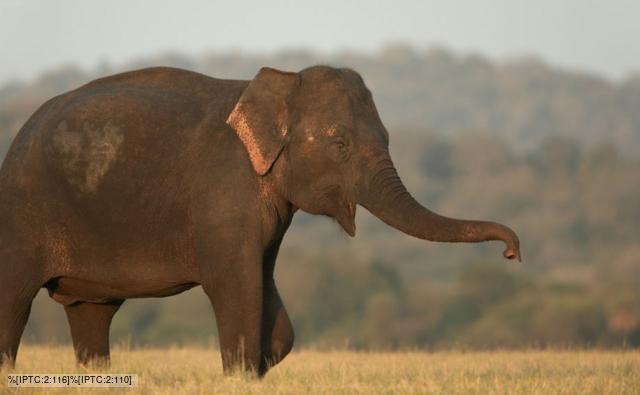ELEPHANT
The largest land mammal on earth, the African elephant weighs up to eight tons. The elephant is distinguished by its massive body, large ears and a long trunk, which has many uses ranging from using it as a hand to pick up objects, as a horn to trumpet warnings, an arm raised in greeting to a hose for drinking water or bathing.
Asian elephants differ in several ways from their African relatives. They are much smaller in size and their ears are straight at the bottom, unlike the large fan-shape ears of the African species. Only some Asian male elephants have tusks. All African elephants, including females, have tusks. Elephants are either left or right-tusked and the one they use more is usually smaller because of wear and tear. The Asian elephant has four toes on the hind foot and five on the forefoot, while the African elephant has three on the hind foot and five on the forefoot.
Led by a matriarch, elephants are organized into complex social structures of females and calves, while male elephants tend to live in isolation. A single calf is born to a female once every 4-5 years and after a gestation period of 22 months—the longest of any mammal. These calves stay with their mothers for years and are also cared for by other females in the group.
DIFFERENT TYPES OF ELEPHANT Asian Elephants
Asian Elephants
 Asian Elephants
Asian Elephants
African elephant